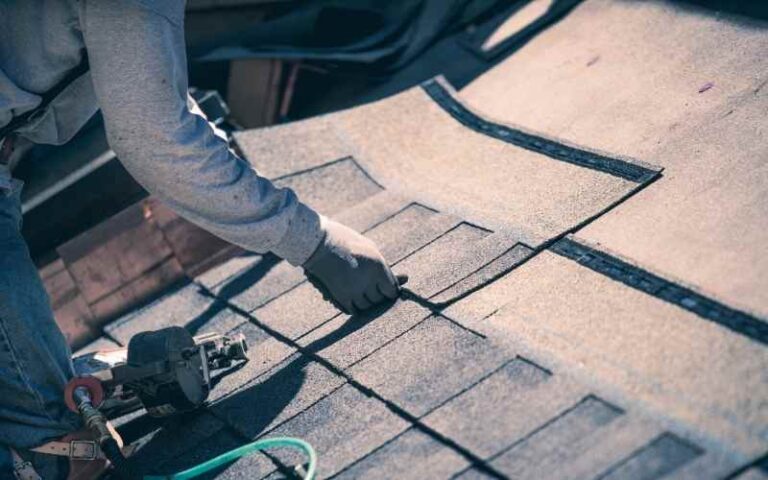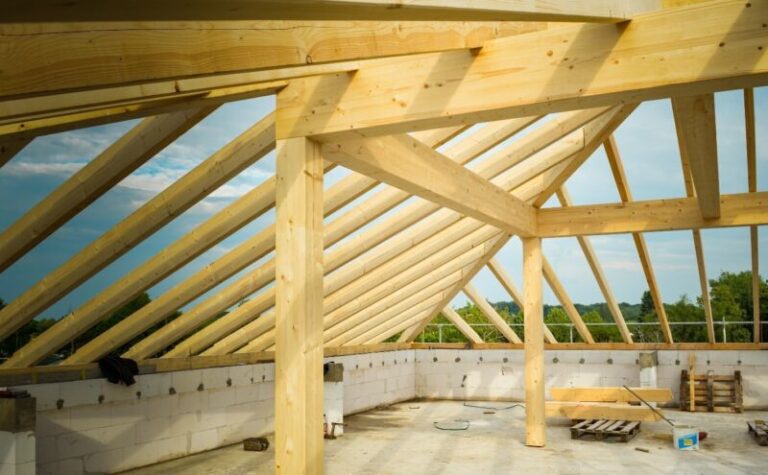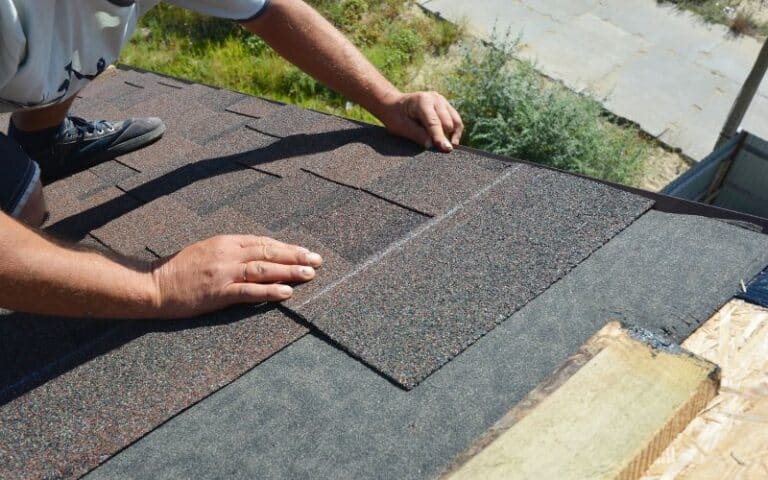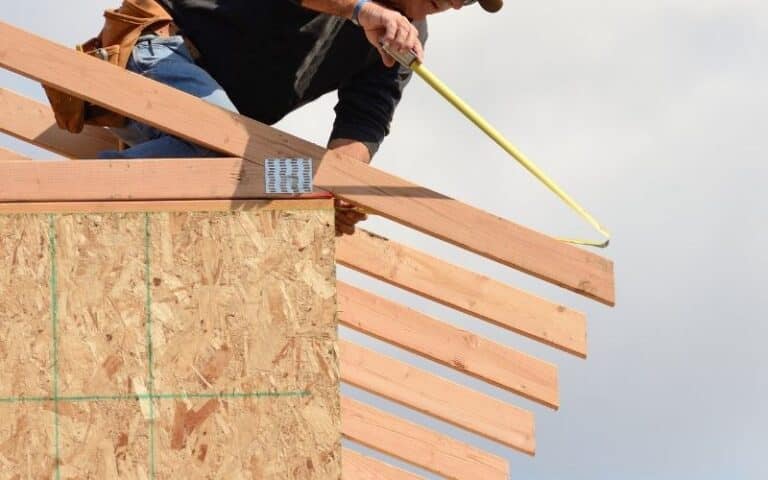Do you feel stressed about your upcoming roof replacement? I feel you. It is a necessary process, but it is stressful, and there’s no denying that reality.
Part of that stress must come from not knowing what is included in roof replacement. To be specific, does roof replacement include flashing?
It is an understandable concern. If your previous flashing is damaged, you’ll need a new one since it helps prevent water from leaking through gaps in the shingles.
And what better time to get it done than now?
Hence, let’s look at what your roof replacement includes and when you need to opt for it.
Ready for a Roofing Quiz?
Does Roof Replacement Include Flashing?

The correct answer is that it depends. You should ideally get a roof inspection ¬(link to article 15) done before opting for roof replacement.
It will help you determine the extent of damage repair required, and you’ll be able to schedule most maintenance tasks together.
There’s another reason for recommending the inspection. Whether or not you get flashing covered in roof replacement depends on its state.
If your inspector reports that the flashing has rusted or is damaged, your roofing contractor will add flashing installation to service offerings and adjust quotes accordingly.
You may be curious to know that how do you know your roof flashing is bad?
You can also request flashing if you are worried about your old one getting damaged during the replacement process, but that would be an unnecessary added cost.
When Would you Need Roof Replacement?
Since we are on the subject, let’s also discuss when you might need a roof replacement. Roof replacement isn’t cheap, so it’s not a project you should take up on a whim.
Three primary conditions are common reasons to opt for roof replacement.
#1. The roof has Lived through 80-85% of its Lifespan.
An average roof has a 30-year lifespan, assuming you conduct regular repair to keep it well-maintained.
You’ll likely find out the age of your roof when you hire an inspector during a property purchase unless you got your house built or replaced the roof before moving.
It is best practiced to get a replacement around the 27-year mark ¬(link to article 52) for a well-maintained roof.
The number will drop if your roof doesn’t receive the necessary care over the years because its structure has likely deteriorated already.
#2. Material Deterioration
Unfortunately, age isn’t the only factor leading to roof damage. Your roof will likely have a much shorter lifespan if the original roofing contractors used poor-quality materials when installing it.
Such a scenario is why it is critical to be careful when choosing your roofing partner.
Although the situation is out of your control, it doesn’t change the fact that you need roof replacement to keep your house secure.
#3. Extensive Weather-Related Damage
Natural disasters are common in several parts of the US, and there is a high chance you have experienced one where you live.
Tornadoes, earthquakes, and hurricanes are some of the worst disasters for your home and can cause extensive damage to your roof.
Mostly, the damage will be pretty obvious, but it is best to call an inspector if you are uncertain about the need for replacement.
What is Flashing?
The blog poses the question ‘does roof replacement include flashing?’, so the blog will be incomplete without addressing what it is.
Flashing is a thin material you install on your roof before adding shingles. Its purpose is to prevent water from damaging your house structure by leaking through cracks or gaps in the roof.
It would be accurate to say that flashing is your last line of defense against water damage as far as your roof is concerned.
Aluminum, copper, and steel are the most common materials used for making flashing, with steel being a popular choice.
Types of Roof Flashing
Are you ready to request flashing installation from your roofing contractor? Hang on a minute.
They will tell you about types of flashing, and it is best to check out a few to avoid getting confused by the conversation.
I am aware of at least eight distinct types of flashing, and I have mentioned the top 5 below.
#1. Apron Flashing
Apron flashing also called continuous flashing, is when the roofer installs a single sheet of metal to direct water to the bottom shingles. It is the most straightforward and most convenient type.
#2. Base Flashing
You will need base flashing if you have a chimney or any structure that protrudes vertically from your roof.
This type of flashing requires two layers to ensure that the rainwater travels downwards irrespective of the direction of rain.
It is a little complicated but well worth the effort.
#3. Valley Flashing
Do you have any open valleys on your roof? You will need valley flashing to protect the area against water and moisture and ensure it doesn’t cause any structural damage.
#4. Step Flashing
Step flashing is meant to protect the wall against water damage. It is curved at a 90-degree angle and installed to direct water away from the wall.
#5. Drip Edges
Drip edges are flashing installed at the edge of the roof. Its purpose is to get water to drip off the roof instead of remaining on top and causing water damage. also read, How To Bend Vinyl Flashing?
The faster the water flows away, the better it is for your house.
Wrapping Up
I hope you found this blog informative and got an adequate answer for, ‘does roof replacement include flashing?’
Do check out the remaining blogs to learn more about roofing necessities to keep your home in the best condition.






